Aging affects every cell in the body and changes the way our tissues and organ’s function. But what exactly happens at the molecular and cellular level when we age? Here, we’ll explore the scientific basis of aging and understand how biological youth is determined and maintained through a complex system of cellular functions and genetic processes. We will also look at how your body copes with ageing and how the latest scientific discoveries in medicine and regenerative technologies can support and optimize these natural processes.
BIOLOGICAL YOUTH
The biological youth of human cells, which determine our tissues and their functions, is mainly characterized by:
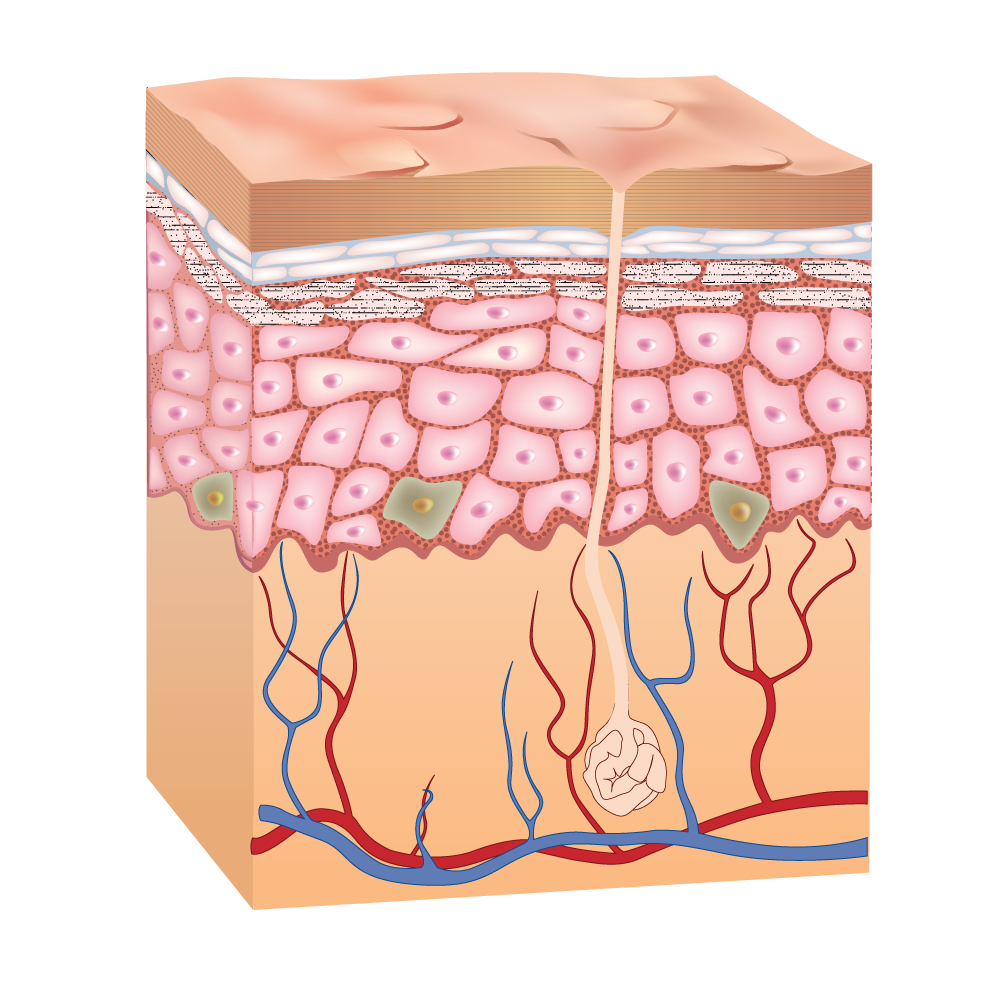
- the generation of cellular energy to maintain tissue functions
- their ability to divide and give the necessary structural density to the tissue concerned
- the production of intercellular substances contributing to tissue integrity
To stay healthy and young, cells need a variety of stimuli. These stimuli can be both genetic (innate) and epigenetic (derived from the environment). Epigenetic stimuli can include factors such as diet, exercise, and stress. Epigenetic stimuli may depend on the needs of the cells to maintain their functions. The main stimuli are:
- growth factors
- hormones
- essential substances
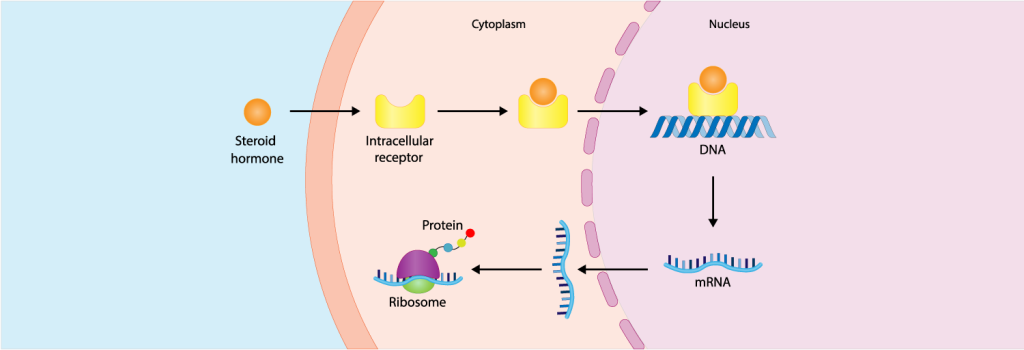
Growth factors are a group of substances that are mainly derivates of stem cells and have not only “growth” (support cell division, blood supply), but also anti-inflammatory, antibacterial, etc. functions.
As we get older (probably after the age of 30, when the gradual decline in hormone levels begins) the number of stem cells begins to decline, so do the levels of growth factors. See EndNet™
The human hormonal system is extremely complex and represents an essential control mechanism of function for the entire organism.
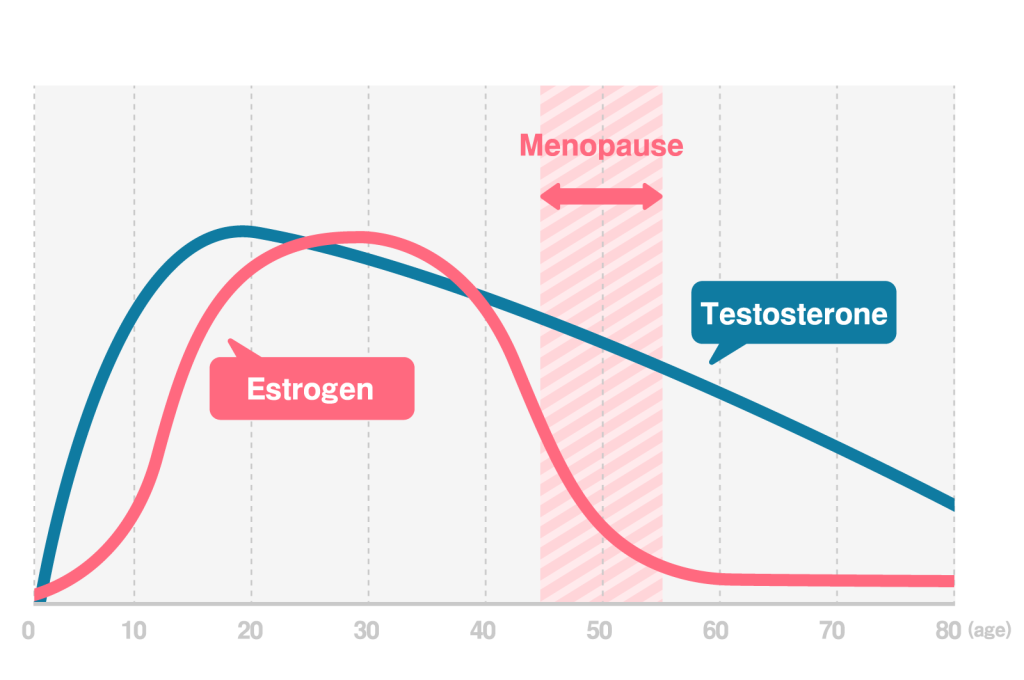
Hormonal balance plays a key role in every aspect of our body’s functioning. From energy regulation to mood control, they are our internal regulators. In youth, this balance is particularly sensitive and dynamic, but with time and various external factors, such as stress, lack of sleep and poor nutrition, it can become disrupted. Internal changes caused by disturbances in hormonal balance can affect our appearance. A decrease in skin elasticity, slow recovery from injuries and the appearance of wrinkles are all signs of changes in cell function that affect our appearance.
The group of essential substances includes everything that is necessary for our cells to function properly. This includes building blocks such as amino acids, fatty acids and peptides (e.g. collagen) as well as important substances such as antioxidants, vitamins and trace elements. These substances provide cells with the energy and building blocks they need to function properly.
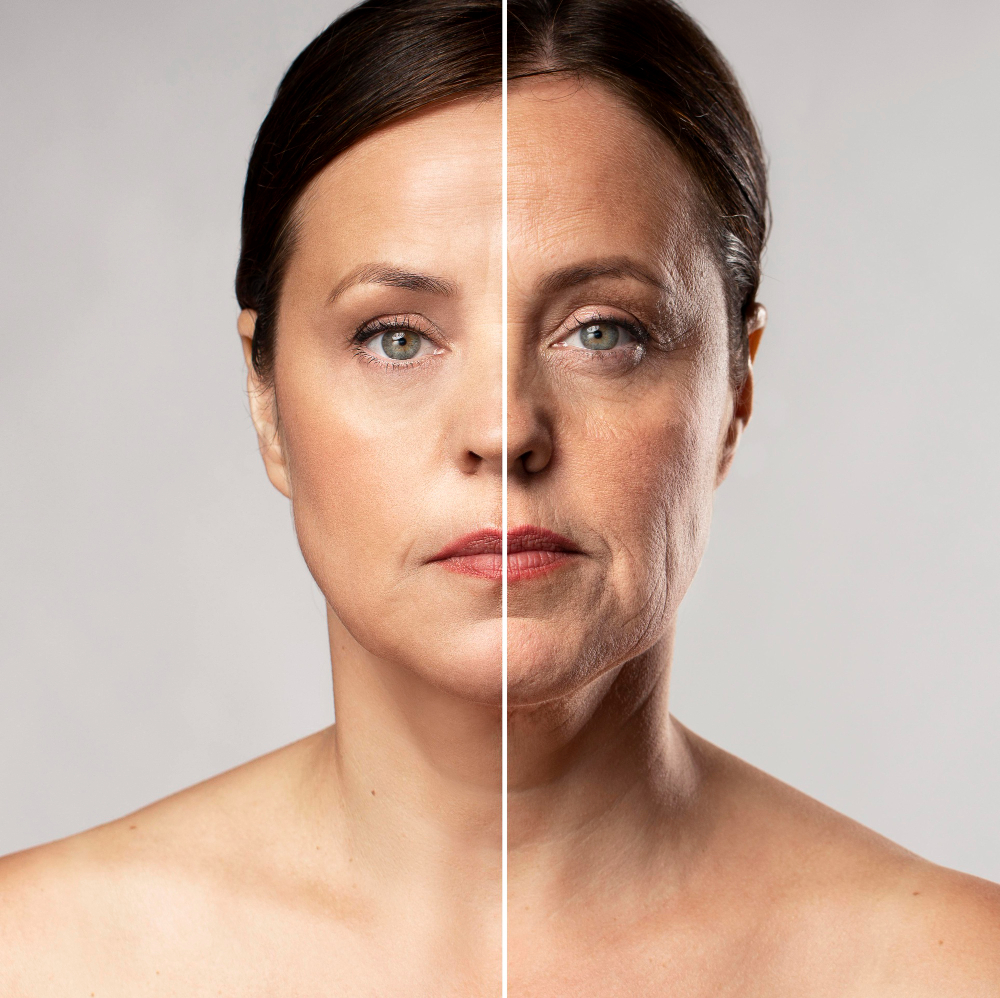
Along with the loss of body functions, the most noticeable are the outward changes that occur with advancing age. Let us take the human face as an example:
- skin loses its density, hydration and elasticity - wrinkles form and sagging occurs
- the fatty tissues lose their volume and homogeneous structural organisation - the 'cushions' in the face 'collapse', the face loses its volume
- muscles and tendons loosen - the youthful tautness of the face is lost
- bone structure retracted in all directions - facial contours distorted (facial "oval" lost)
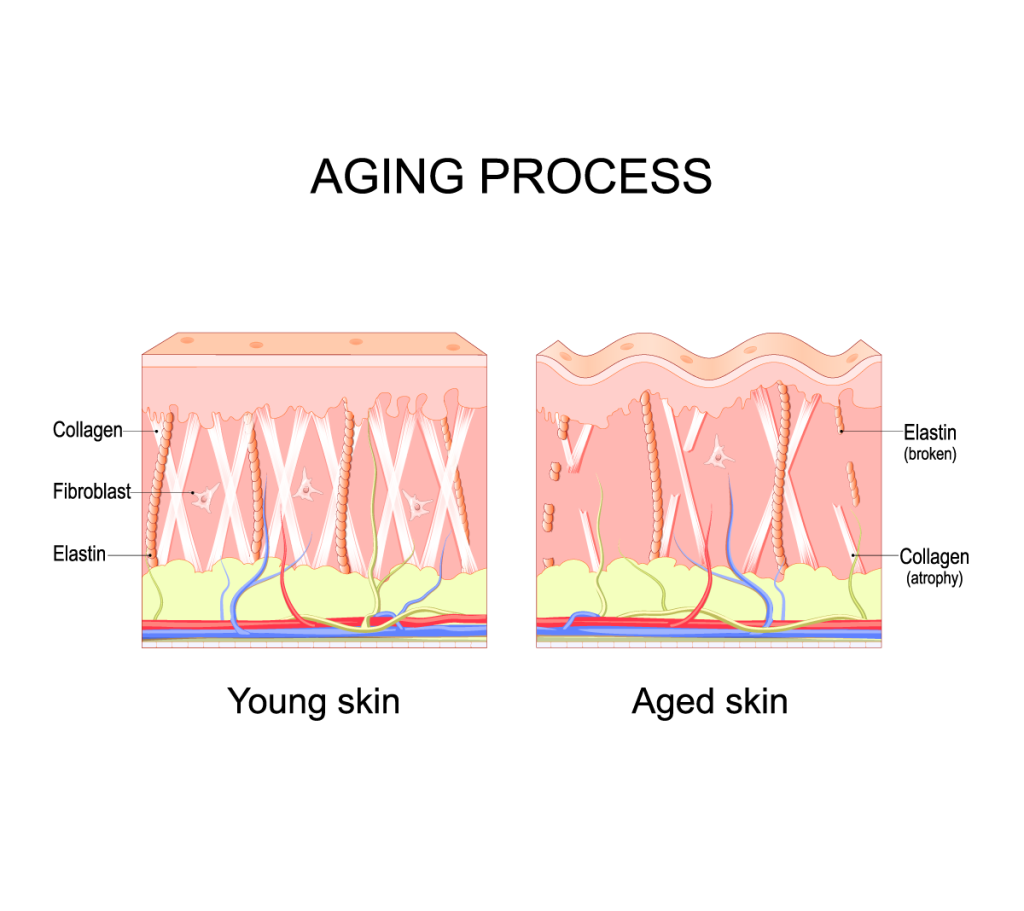
How can regenerative medicine “turn back” time and bring about biological tissue renewal, following human physiology and using the body’s own regenerative resources?
When we are young, our skin is soft, elastic and firm. Muscles are tight, and subcutaneous fat tissue supports facial structure. These characteristics of youth are due to the high density of cells and their good organization.
Regenerative medicine can help rejuvenate the face by stimulating the natural processes of skin and muscle repair. This involves using the body’s own resources, such as stem cells or growth factors, to restore tissue density, elasticity and firmness.
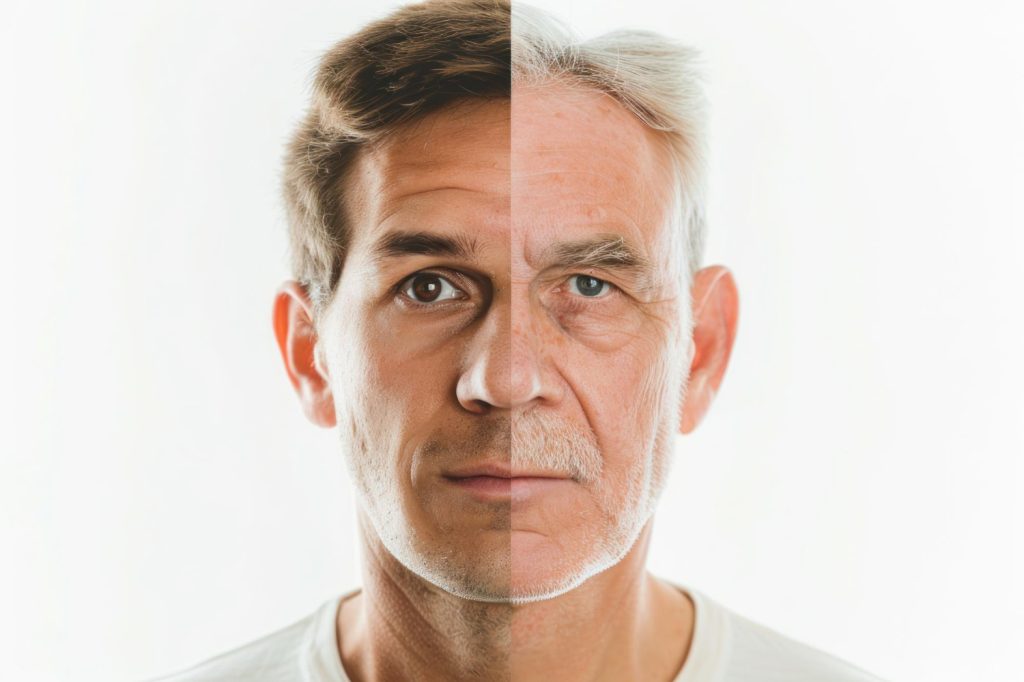
Over time, the facial bones begin to “retract,” resulting in changes in facial appearance. These bones act as support points for muscles, fat and skin. As they begin to retract, the face may lose its tightness and begin to sag.
The facial bones are responsible for giving the face its characteristic individual appearance. They are prominent and dense in youth, but as the years pass they begin to change. This process can be accelerated by factors such as genetics, sun exposure, poor eating habits and lack of proper skin care.
To maintain a youthful facial appearance, it is important to take action to stimulate collagen production and maintain healthy skin. This can include the use of quality cosmetic products, hydration, sun protection and skin tightening treatments.
For more information on specific problem areas (e.g. around the eyes, etc.) as well as solutions for specific conditions (e.g. stretch marks, scars, acne, etc.), see:
